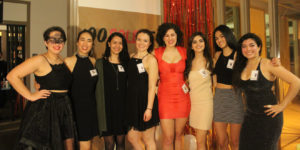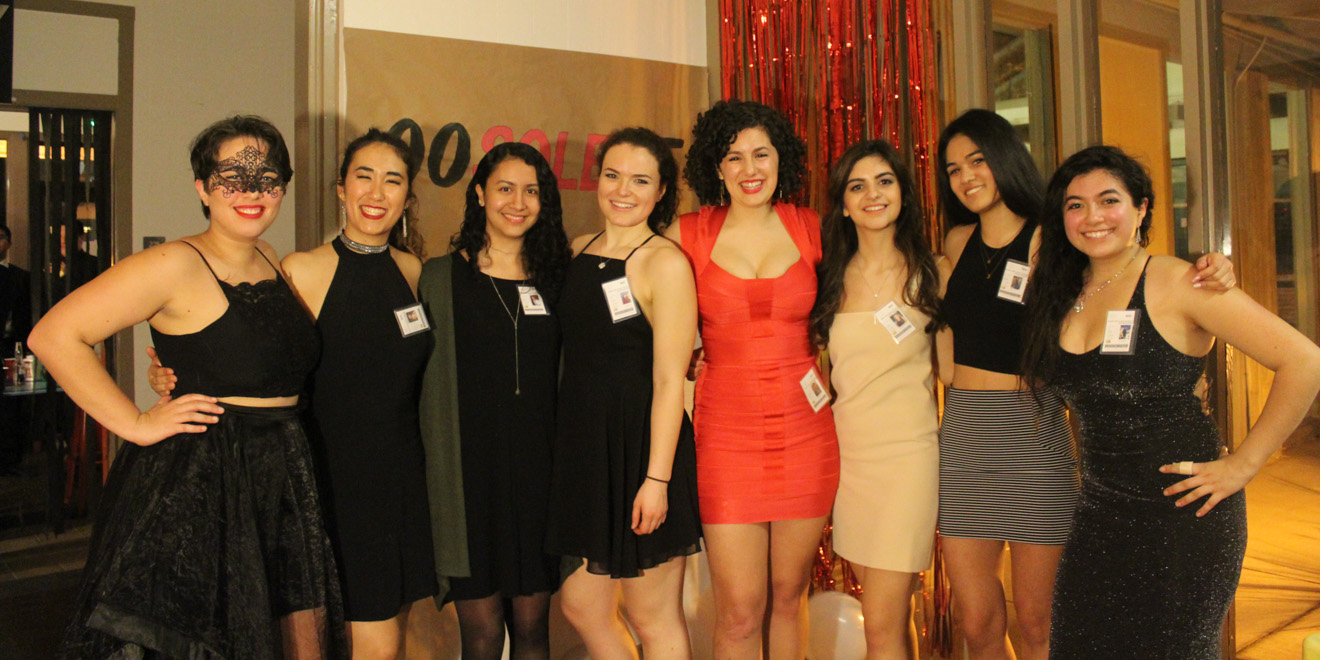Stanford LatinA Engineers (SLAE), an organization founded within the Society of Latino Engineers (SOLE) last quarter by three female officers, is working to confront the underrepresentation of women of color involved in STEM.

When founding members proposed the creation of SLAE (pronounced “slay”) to the SOLE officer core, reactions were mixed.
“A lot of the women said, ‘We need this,’ and one male was very vocal for it,” said founder Ana Ordoñez ’17. “But some asked, ‘Is it really worth the time? Is there a need?’”
Ordoñez and her fellow founders, Camila Hayashi ’19 and Patricia Perozo ’17, felt the answer was yes: Retention rates of female members was lower than that of their male counterparts, the group lacked gender-specific programming and overall struck them as male-dominated. The best plan of action, they decided, was to form a club within a club that could work on the issues from the inside out.
Although SLAE is not a separate organization from SOLE, it creates its own alternative programs such as workshops about implicit biases, face-mask and movie nights as well as discussions about similarities and differences within the Latinx community.
“SOLE has a deep sense of culture and community,” Ordoñez said. “But at the same time, we need to recognize that we are also women, besides being Latinx — and this is not just for the women, but also for the men, so that we can understand that women face issues like workplace discrimination and negative stereotype in two different planes by both being women and people of color.”
The programming committee intends to maintain and develop the broader sense of community, even as they address the gender disparity in the wider field of STEM. The founders also emphasized the importance of familia and using the group as a platform to strengthen SOLE as a whole.
Ordoñez herself was inspired by her own experiences as a woman in engineering. She initially joined SOLE in search of a welcoming pre-professional community, but found that SOLE needed to make more space for Latina engineers.
“We, ourselves, can perpetuate gender stereotypes and patterns that lead to women being ignored more,” she said. “For example, [women being] relegated to roles of note-takers.”
Concerns about gender equality found a wider audience during a SOLE town hall this October. Several members brought up the lack of female representation in SOLE, including Cristina Brentley ’20, who called the discouragement that many women in STEM battle a “shame.”
Although SLAE aims to increase SOLE’s recruitment among members who identify as women and ensure that their community needs are met, the founders remain worried about inclusivity. Current efforts to keep SLAE integrated with SOLE aids the group’s focus to recognize and celebrate differences rather than emphasize them.
Hayashi also noted the complexities that come with stressing gender differences, particularly when it comes to creating possible divisions within the SOLE community.
“Are we enforcing stereotypes that are addressing a certain population or is ignoring going to allow the problem to absolve on its own?” she asked. “But that’s with any interest group.”
Contact Kim Ngo at kimanh ‘at’ stanford.edu.
